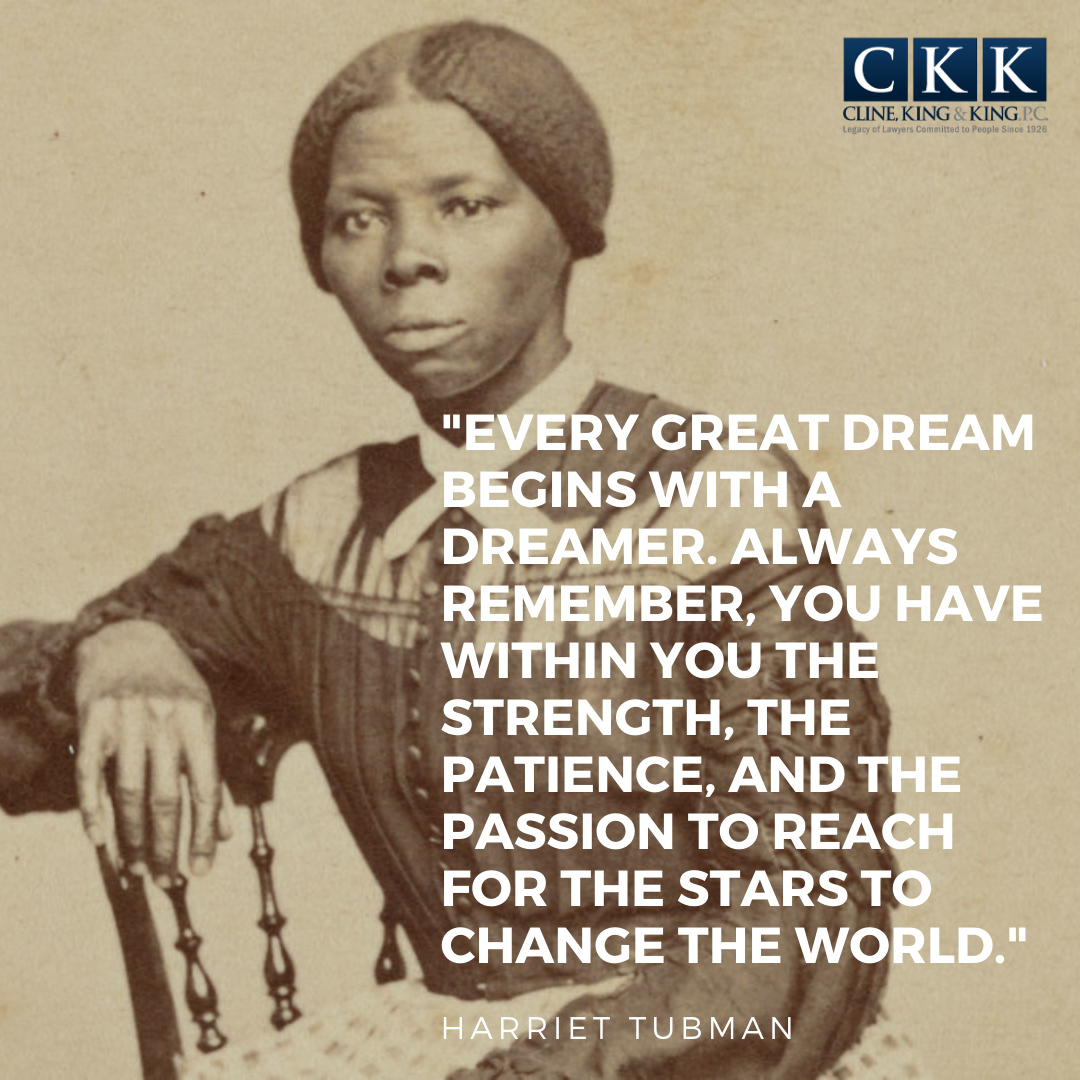Harry Truman was once famously quoted as saying, “You want a friend in Washington? Get a dog.” Now, President Truman did not have his own dog in the White House, but many canines over the years have called the West Wing home. On President’s Day, we would like to honor President’s Best Friend; their dogs.
George Washington was an avid fox hunter and kept a kennel of dogs who benefitted from having fresh water running through their kennels rather than being brought water each day. One of his dogs was Vulcan, a French hound, who brazenly stole ham from Mt. Vernon’s kitchen, running past laughing guests with his spoils. We also may never have heard of George Washington or had an America at all if it weren’t for his favorite dog, a hound named Sweet Lips. One day while out walking with Sweet Lips, Washington encountered Elizabeth, the wife of the wealthy mayor of Philadelphia. She was so taken with the dog, she invited Washington to their residence for dinner, where he impressed the mayor so much he was introduced to many powerful leaders who later remembered him when selecting a leader for the Continental army.
Abraham Lincoln had a loyal yellow mix dog named Fido who followed him everywhere around Springfield, waiting outside the barbershop and even carrying his packages. Fido did not make the trip to Washington when Lincoln was elected, instead being left in the care of the Roll family. However, Lincoln made sure his best friend was well cared for, leaving Fido’s favorite horsehair sofa behind to sleep on and making the Roll family promise to keep Fido well fed with table scraps.
Ulysses S. Grant had a love of horses and riding, preferring to ride the largest and most powerful ones. Perhaps that helped in his choice of a huge bear of a dog, a Newfoundland named Faithful, who belonged to his young son Jesse. Jesse was a huge dog lover, and had been so heartbroken by the early death of several of the family’s prior dogs that President Grant had a stern warning when he arrived at the White House: “If this dog dies, every employee at the White House will be immediately discharged.”
Another Newfoundland soon found its home in Washington when President James Garfield arrived at the White House. Veto proved true to his breed’s protective nature by once barking to sound the alarm when a barn caught fire, alerting the stable hands to quickly put the fire out. Another time, a visitor’s horse got spooked in the stable and began to rear wildly. Veto quickly grabbed the reins in his jaws and held the horse firmly in place until the stable hands could calm the horse. While his bravery and loyalty are worth recognition, Veto’s name is often what draws the first questions. According to stories, good-natured Garfield named Veto as such to remind Congress that he may not pass every bill they sent him.
Theodore Roosevelt is remembered as a strong character who never backed down from a fight. It makes good sense then that his dog would be of similar nature. Pete the bulldog (the breed has never been 100% confirmed, also having been listed as a bull terrier and a Boston bull terrier) was a beloved member of the Roosevelt family, even though he had certain habits the family didn’t approve of. Pete first terrorized squirrels on the property, then graduated to nipping or biting people who displeased him. When Pete’s targets included some naval officers and cabinet ministers, Roosevelt simply said it must have been their politics that Pete found disagreeable. Pete’s reign of terror finally ended after he chased the French Ambassador Jules Jusserand down a corridor of the White House, fully tearing the bottom out of the man’s pants. After complaints from the French government, Pete was finally “retired” to the Roosevelt family’s Sagamore Hill home.
While most people enjoy reading news of presidential pets today, the honor of the first “celebrity” presidential pup goes to Warren Harding’s Laddie Boy. The Airedale Terrier was the first to receive regular coverage from newspaper reporters, seeming to garner headlines nearly daily thanks to the Hardings’ including the pup in every event possible. Laddie Boy even had his own chair at the Cabinet table for meetings, where we are sure he was the most popular member. President Harding adored his dog so much that shortly after taking office he had 1,000 bronze miniatures of the dog made that he handed out as a proud parent might hand out cigars after the birth of a child.
Calvin Coolidge had a veritable menagerie of pets, but his favorite was a white collie named Rob Roy. Rob Roy would lead Coolidge to the Oval Office every morning, keeping a stately posture with eyes fixed forward as he walked. The dog’s name was a bit of cheeky whimsy during the time of Prohibition; originally being named Oshkosh, Mrs. Harding changed it to Rob Roy, the name of a popular cocktail at the time. He was the first dog to be featured in an official White House family photo, and was immortalized alongside Mrs. Harding in her official First Lady portrait, a striking piece of art.
When one thinks of presidential dogs, one often thinks of a little Scottish Terrier named Fala. The loyal companion of Franklin D. Roosevelt, Fala was taken many places by FDR and entertained the press and countless others with his tricks. Within the first few weeks of arriving at the White House, Fala began suffering intestinal problems and was taken to the hospital. It was soon discovered that little Fala had discovered the White House kitchen on his own and was being overfed; after that, Fala was only to be fed by FDR himself. The little dog was featured in an MGM movie about the day in the life of the White House, and became an honorary “private” of the U.S. Army. When FDR passed on April 12, 1945, within minutes Fala became quickly and inexplicably agitated, tearing through the very screen of the outside door and running to a hill where he stood, unmoving, gazing into the distance, as if he knew his master was now gone. A statue of Fala accompanies one of President Roosevelt at his memorial, and is still the only presidential pet so honored.
President George H.W. Bush’s springer spaniel “Millie” was once one of the most well-known presidential dogs. She is the first White House dog to have an author credit, having “written” the popular nonfiction book “Millie’s Book: As Dictated to Barbara Bush.” The book reached number one and spent 23 weeks on the best-sellers list, with profits being donated to a literacy non-profit. In July 1989 the Washingtonian published it’s “Best and Worst” list, and selected Millie as the “ugliest dog in Washington D.C.” The editor quickly sent a letter and dog treats to the White House apologizing for the unpopular and impolite choice. Bush good naturedly responded, “Not to worry! Millie, you see, likes publicity. Arf, arf for the dog biscuits.” The Bush family carried on the springer spaniel when George W. Bush took office years later, bringing one of Millie’s own pups “Spot” with him.
Currently, dogs are back in the White House, as President Biden has brought his two German Shepherds, Champ and Major with him. Champ came to the family when Biden promised his wife he would get her a puppy after the 2008 election. His name was selected to remind Biden of advice from his father to “any time you get knocked down, champ, get up!” He often gave children plush toys of Champ during his vice presidency during the Obama administration. Major joined the family in 2018 after being adopted from the Delaware Humane Association’s shelter. The origin of Major’s name is not known, but Biden’s beloved late son Beau was a major in the Delaware National Guard. Three days before Biden’s own inauguration, the shelter held the very first “InDOGuration” over Zoom for Major as a fundraiser which raised $200,000 in donations for the shelter.




 With the information and circumstances regarding COVID19 in our current world, it’s a good time to review how we as humans consider risk. In general, humans are poor at evaluating true risk as we do not understand the elements of risk.
With the information and circumstances regarding COVID19 in our current world, it’s a good time to review how we as humans consider risk. In general, humans are poor at evaluating true risk as we do not understand the elements of risk.

